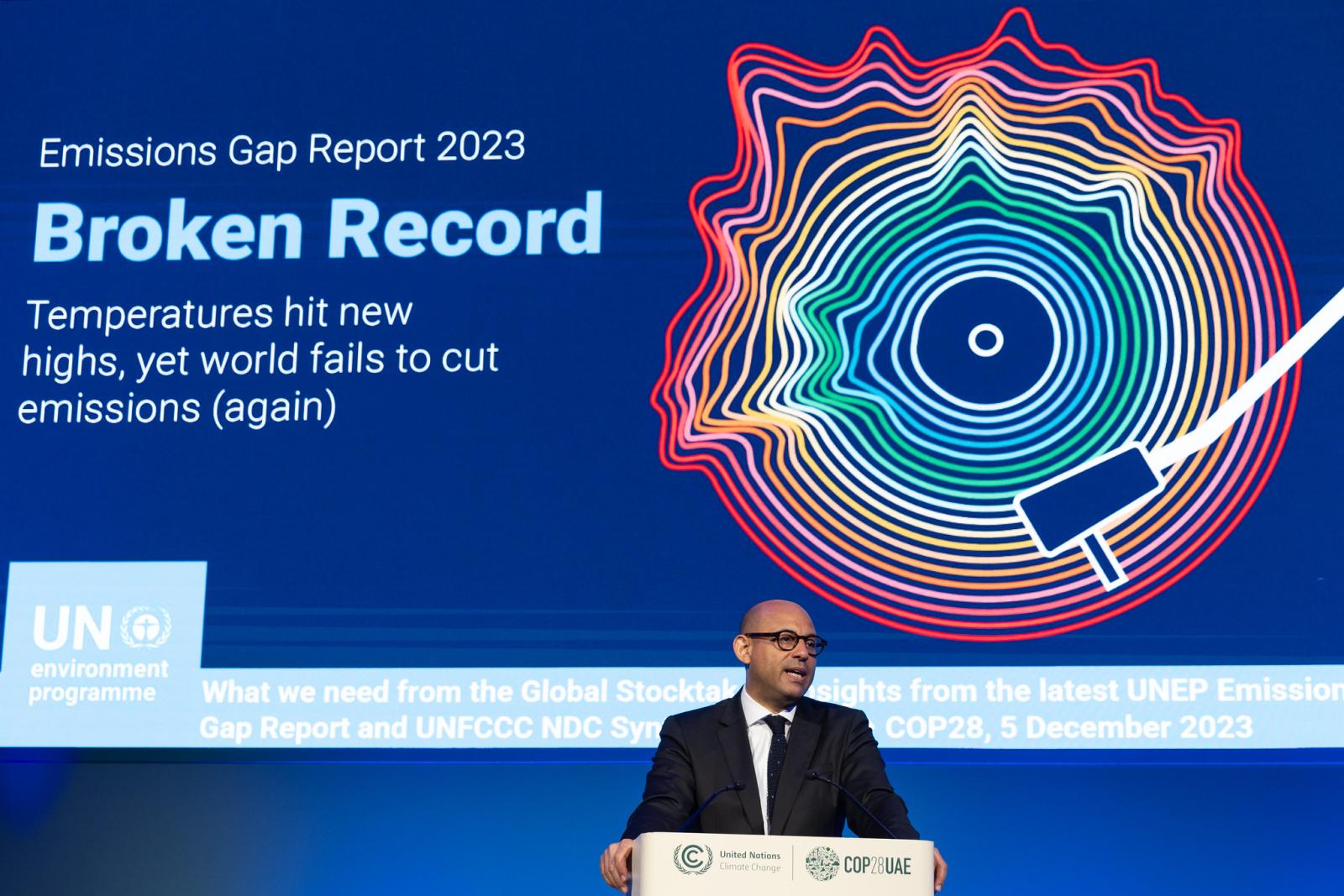The international collaboration of OPERA experiment located at the Gran Sasso national laboratories -National Institute of Nuclear Physics-, in a seminar held yesterday at the laboratory, announced the detection of a first candidate event for the observation of neutrino oscillations in "appearance".
This research has been conducted for over three years using a high-energy neutrino beam from CERN in Geneva, 730 km away from the underground cavern where the OPERA experiment is located. Among the tens of billions of billions of "muon" neutrinos fired by the accelerator at CERN, only one, after being "transformed" (i.e.after having"oscillated") into "tau" neutrino, interacted with the complex experimental detectors leaving its characteristic signature: the production of a track that is less than two millimeters in length due to the production of a tau lepton.
This result is of great interest for the community of particle physicists. Neutrino oscillations, postulated in the late '50s by the Italian physicist Bruno Pontecorvo, and discovered in 1998 with the Super-Kamiokande experiment in Japan, have since been studied in detail by some international experiments but only in "disappearance", that is looking for the reduction of a given neutrino flux travelling from the point of production to the point of revelation, even hundreds of kilometers away from it.
OPERA is the only experiment designed for the detection of oscillations through the appearance of tau neutrinos from a beam of mu type (muon) neutrinos. This first candidate event revealed by the experiment has a 98% probability of being attributed to the process of oscillation. Physicists, however, require a greater level of confidence to assert this important discovery, which would provide an essential contribution to the understanding of the physics of neutrino as "massive" particles. In order to achieve this certainty other events will have to be revealed (10 or so are expected throughout the scheduled duration of the experiment).
This finding, if confirmed by future studies, would provide evidence of the correctness of the experimental approach chosen by the OPERA physicists, finally completing the "puzzle" of "mutant" neutrinos, one of the topics of greatest interest for its implications in the fields of fundamental physics, astrophysics and cosmology, and for its potential to open up unexpected scenarios of "new physics".


